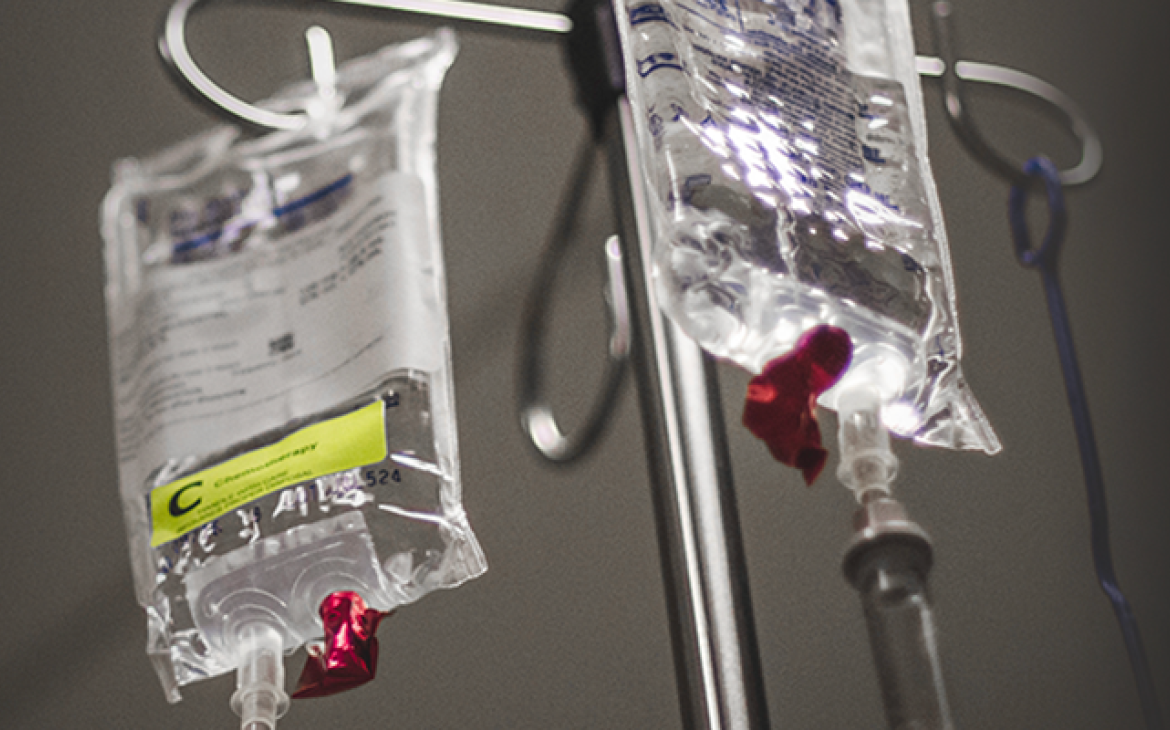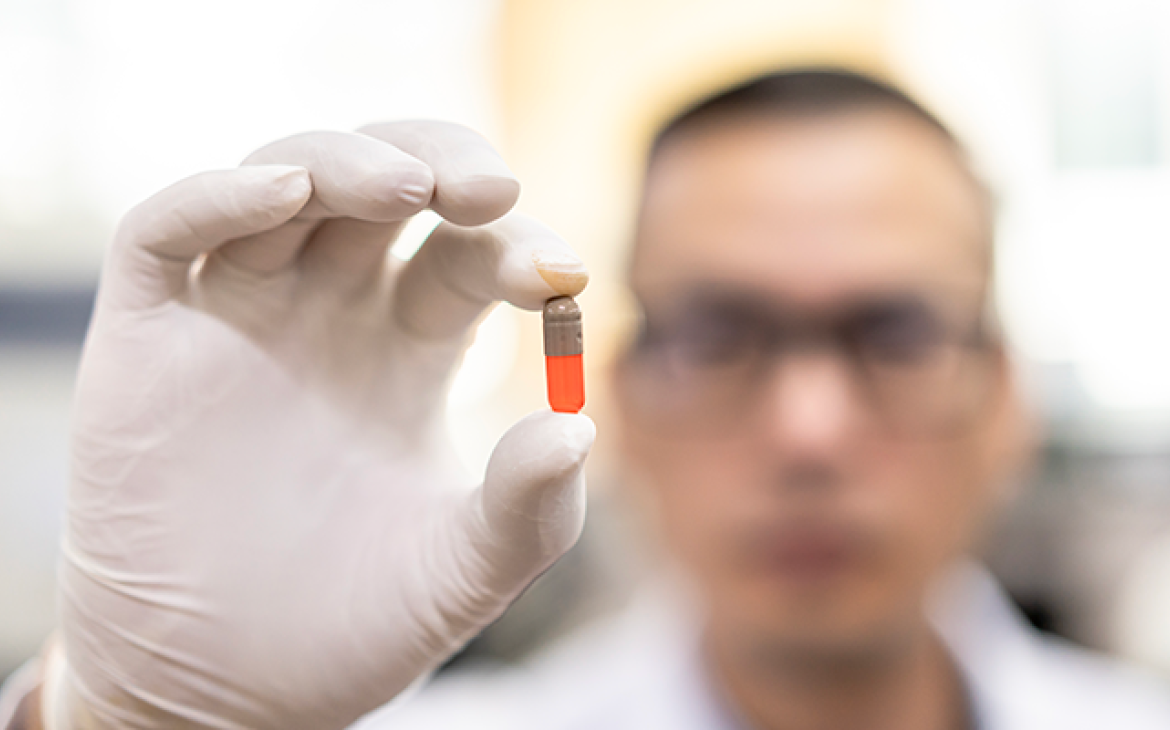
Advanced manufacturing technologies like pharmaceutical continuous manufacturing (PCM) can provide potential efficiencies for many medicines and their ingredients, thereby facilitating geographic diversity in manufacturing and supply chain resilience. One of the ways the U.S. Pharmacopeia (USP) is working to assist manufacturers considering adoption of PCM is by addressing potential technical barriers through development of guidelines, best practices and strategies that can help ensure the quality of medicines made with PCM technology. The first in a planned series of USP technical guides for PCM covers development of control strategies for continuous manufacturing of solid oral dose drug products.
What is PCM?
PCM involves a continuous flow of materials through a process pipeline – in which two or more unit operations are directly connected – and the sequential transformation of those materials. The process output – such as an active pharmaceutical ingredient or drug product – is collected as the input materials are being fed in, and the entire process happens in a single facility. While traditional batch manufacturing – where finished medicines are made in intermittent steps that often take place in many different locations – will remain an essential pillar of global medicine manufacturing strength, PCM is gaining increasing interest from industry and policymakers for its potential to enable production efficiencies that can help make more medicines in more places and reduce over-reliance on medicines from just a few countries.
Why is a guide needed?
Though harmonized regulatory guidance on use of PCM in general has been developed and is available through the International Council for Harmonisation (ICH) and U.S. FDA, the new USP guide is intended to serve as a detailed conceptual and practical illustration of the process for developing control strategies to help ensure the quality of solid oral dose products made with PCM technology. Control strategies are key elements of pharmaceutical development. While such processes for traditional batch manufacturing are relatively well understood, based on long industry experience, continuous manufacturing introduces new principles, equipment, and modes of operation unique to this method of manufacturing. As a result, some stakeholders have expressed the need for a more in-depth guide to assist them in implementing recommendations and requirements set forth in regulatory guidance. Though practices outlined in the guide are not official USP quality standards and are not intended to be binding or considered to be the only acceptable approach, they may be useful in developing PCM processes and facilitating adoption of PCM.
Who should use the guide?
The guide is intended for drug developers, manufacturers, decision makers and others involved in the development of continuous manufacturing platforms. These may include scientists and engineers from industry and academia, quality assurance directors, researchers and students, contract development and manufacturing organizations (CDMOs), and others developing or implementing PCM or related policies. Such solutions may be especially useful for small- and medium-sized drug innovators and generics makers that may lack in-house expertise, resources or capacity to develop continuous manufacturing control strategies entirely from scratch, or in situations where time is limited and expert-verified knowledge from a single-source could facilitate prompt action.
What’s in the guide?
Developed by USP scientists and expert volunteers, the guide outlines the various elements involved in the development of process control strategies for continuous manufacturing of quality solid oral dose drug products, as well as the monitoring of those processes. Such elements – including the concepts of quality by design, critical quality attributes, critical process parameters, and the quality target product profile – are familiar to drug developers but may require special consideration when applied to continuous manufacturing. Topics covered also include material characterization, risk assessment, experimental design, process analytical technology development and tools, and scale-up considerations. Though the guide does not constitute an official USP standard, aspects of the guide may be included in future PCM standards development efforts.
What’s next?
The guide is the first in an anticipated series of USP technical guides that will address PCM best practices to help ensure quality. It is just the latest in a series of quality-focused solutions developed by USP – in collaboration with stakeholders across the healthcare ecosystem – to help address technical and knowledge barriers to adoption of advanced manufacturing technologies like PCM. Related efforts include development of an on-line continuous manufacturing knowledge center to facilitate access to available information on PCM; workforce training and educational programs including a July 2023 workshop on PCM; and R&D analytical lab services. Meanwhile, consulting services are provided by Pharmatech Associates, a USP company that operates independently from USP’s standards-setting processes and offers business, technical, and regulatory strategies, equipment and process design services, as well as workforce training to manufacturers seeking to pursue PCM technology. USP is also exploring where there is a need and opportunity to develop new guidelines, best practices, and standards.
These efforts build on USP’s long history as a trusted provider of quality-focused solutions to improve public health. It is our hope that these solutions ultimately will help stakeholders bring to market more quality products made with PCM for the benefit of patients.
Learn more about related USP resources and efforts to advance quality-focused solutions for a stronger medicines supply chain.


